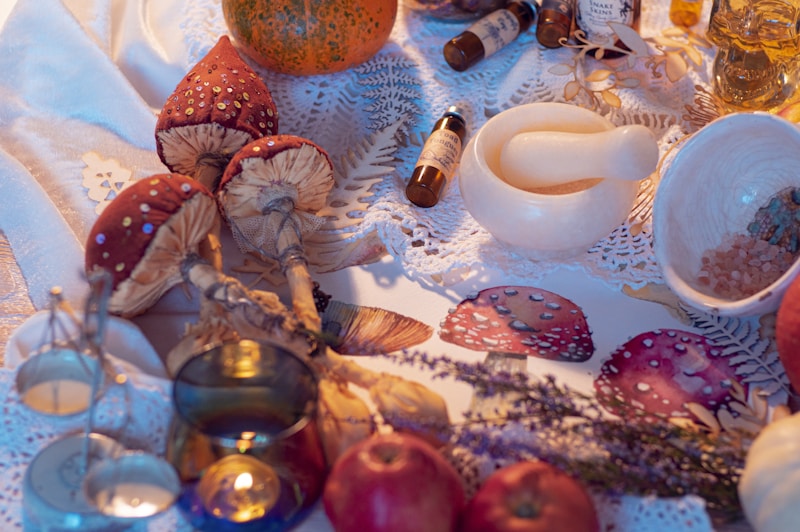Lace Craftsmanship and Artistry: The Intricate World of Lace Making
Lace craftsmanship and artistry represent a mesmerizing union of skill, creativity, and tradition. Originating in the late 15th century, lace-making has evolved into a complex art form that combines delicate designs and intricate techniques, captivating artisans and enthusiasts alike. This article delves into the enchanting world of lace craftsmanship, exploring its history, techniques, cultural significance, and contemporary relevance while providing insights for those looking to appreciate or even engage in this beautiful art.
History of Lace Craftsmanship
The history of lace dates back to the Renaissance period, primarily in Europe, where it emerged as a luxury textile. Initially crafted by hand, lace was a sign of wealth and social status. The delicate threads were woven to create intricate patterns, often adorned with floral and geometric designs.
| Period | Location | Description |
| Late 15th Century | Italy | Origin of lace-making; the use of needle lace and cutwork. |
| 16th Century | Flanders | Flemish lacemaking became famous for its intricate quality. |
| 18th Century | France | Introduced new styles like Alençon and Chantilly lace. |
| 19th Century | England | Production of lace via machinery started; needle lace declined. |
| 20th Century | Worldwide | Resurgence of handmade lace due to nostalgia and craft revival. |
Techniques of Lace Making
Lace making involves a variety of methods, each offering unique textures and designs. The primary techniques include:
1. Needle Lace
Needle lace is created by stitching intricate designs on fabric using a needle and thread. This technique allows for more detailed and complex patterns.
2. Bobbin Lace
Bobbin lace uses pairs of threads wound onto bobbins. As the bobbins are crossed and twisted, the lace is shaped. This method is known for its speed and the ability to create beautiful curves.
3. Crocheted Lace
Crocheted lace involves using a hooked needle to interlace threads, forming patterns. This technique is popular for creating lightweight and airy designs.
4. Tatted Lace
Tatting employs a series of knotting techniques to create lace. It is often used for decorative purposes such as edging or doilies.
Cultural Significance of Lace
Throughout history, lace has held cultural significance in various societies. In Western culture, lace is often associated with elegance, femininity, and special occasions, serving as a favorite material for bridal wear and christening gowns. Moreover, many regions have developed their unique lace styles, which are embedded in their local traditions and craftsmanship.
Contemporary Relevance of Lace Craftsmanship
Today, lace craftsmanship continues to thrive, merging traditional techniques with modern design philosophies. Many artists and artisans are embracing lace-making as a form of self-expression, while fashion designers incorporate lace into contemporary collections to celebrate its timeless appeal. With the rise of social media, platforms like Instagram and Pinterest have fueled a resurgence in interest for handmade lace products, allowing artisans to reach global audiences.

How to Get Started with Lace Craftsmanship
If you're intrigued by lace craftsmanship and artistry, here are some steps to help you begin your journey:
1. Gather Materials
Start with a beginner's kit that includes lace threads, needles, scissors, and patterns. If you're interested in a specific technique, find materials suited to that method.
2. Learn the Basics
Online tutorials, video lessons, and workshops offered by lace-making groups can provide a solid foundation in various techniques. Consider joining local groups or classes to learn directly from experienced artisans.
3. Experiment with Patterns
Begin with simple patterns to practice your skills. As you become more comfortable, challenge yourself with more intricate designs to develop your mastery.
4. Share Your Work
Once you've created pieces you are proud of, share your work online. Engaging with like-minded individuals in online forums can offer valuable feedback and encouragement.
Conclusion
Lace craftsmanship and artistry embody a remarkable blend of tradition, skill, and creative expression. Its historical roots and cultural significance continue to influence modern aesthetics, ensuring that lace remains an enduring symbol of elegance. For those passionate about creating beauty through delicate threads, the world of lace offers endless possibilities to explore and enjoy.
Final Tips: As you embark on your lace-making journey, remember to be patient and practice regularly. The intricacies of lace crafting require time and dedication, but the rewards of creating stunning, handmade pieces are well worth the effort. Whether as a hobby or a serious endeavor, lace-making can bring joy, satisfaction, and a deeper appreciation for this exquisite art form.